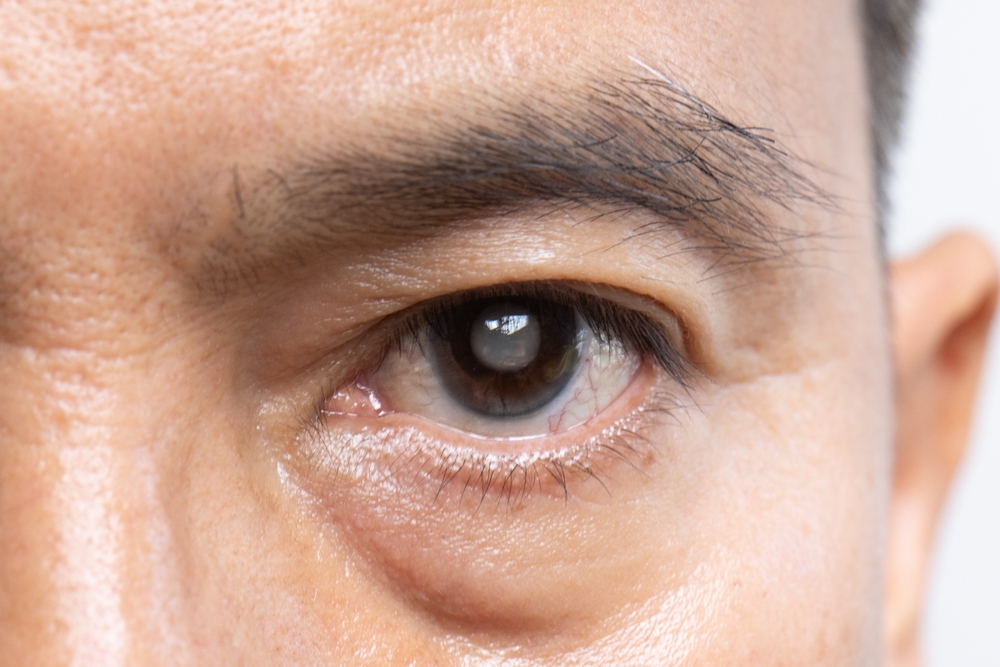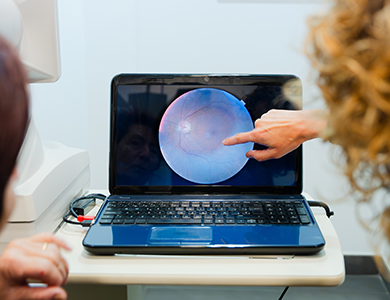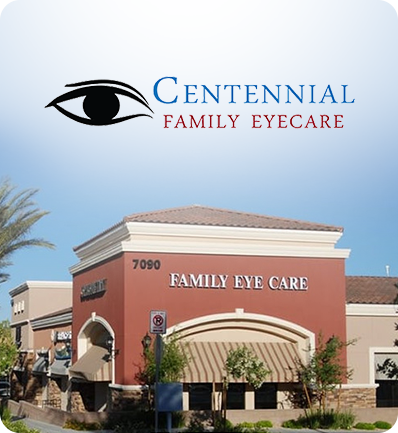
Cataracts are one of the most common age-related eye conditions, affecting millions of people worldwide. They occur when the normally clear lens of the eye becomes cloudy, leading to blurred vision, increased glare, and difficulty seeing in low light. While cataracts can sound intimidating, the good news is there are effective ways to manage the condition and help patients maintain healthy vision.
What Are Cataracts?
A cataract develops when proteins in the eye’s lens begin to break down and clump together. This clouding gradually interferes with how light enters the eye, making it harder to see clearly. Cataracts typically progress slowly and often affect both eyes, though one eye may be worse than the other.
Common Symptoms of Cataracts
Blurred or cloudy vision
Sensitivity to bright light or glare
Difficulty seeing at night
Faded or yellowed colors
Frequent changes in prescription lenses
Since cataracts develop slowly, many people don’t realize how much their vision has changed until it’s significantly impacted. Routine eye exams allow your optometrist to stay ahead of the condition.
Best Practices for Managing Cataracts
Optometrists play a critical role in helping patients manage cataracts effectively. One of the most important steps is scheduling comprehensive eye exams. Routine eye exams allow optometrists to monitor lens changes, track cataract progression, and ensure patients receive the right updates to their prescription lenses.
Updating prescriptions is also essential. In the early stages, stronger prescription glasses or contact lenses can significantly improve vision and reduce the impact of cataracts.
Lifestyle adjustments can make a meaningful difference as well. Reducing glare with anti-reflective lenses, using brighter lighting at home, and wearing sunglasses with UV protection can help patients manage daily symptoms and stay more comfortable.
Finally, patient education is key. Optometrists help patients understand the importance of regular monitoring and adopting healthy lifestyle habits to slow cataract progression and preserve their vision.
Latest Treatments in Cataract Management
While cataract surgery remains the only definitive way to remove cataracts, optometrists focus on maximizing visual clarity before surgery is necessary. This includes:
Advanced Lens Technology: High-quality eyeglass lenses with coatings that reduce glare and enhance contrast can make a significant difference.
Early Detection Tools: Modern diagnostic equipment allows optometrists to detect cataract formation sooner, providing more proactive care.
Collaborative Care: When cataract surgery becomes necessary, optometrists coordinate with trusted ophthalmologists to ensure patients receive seamless care before and after the procedure.
Take Charge of Your Eye Health Today
Managing cataracts doesn’t have to disrupt your daily life. Through routine eye exams, updated prescriptions, and personalized care, optometrists at Centennial Family Eyecare can help you maintain clear, comfortable vision for as long as possible.
Schedule your cataract evaluation with Centennial Family Eyecare and let us help you protect and preserve your vision for years to come. Visit our offices in North Durango, Sky Canyon, or Henderson, Nevada. Call (702) 941-7800, (702) 803-2020, or (702) 299-6200 to book your appointment today.





